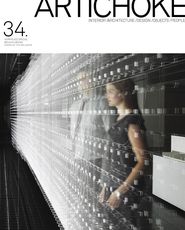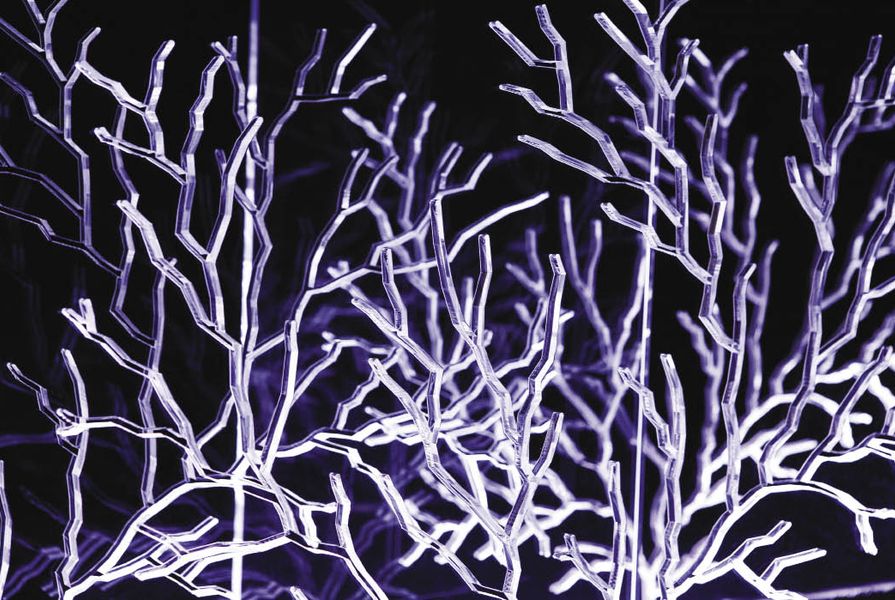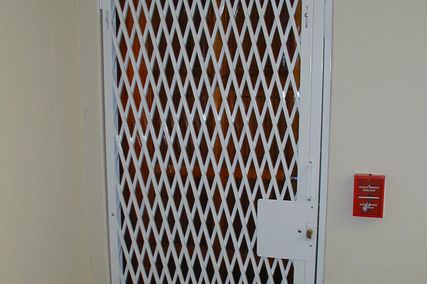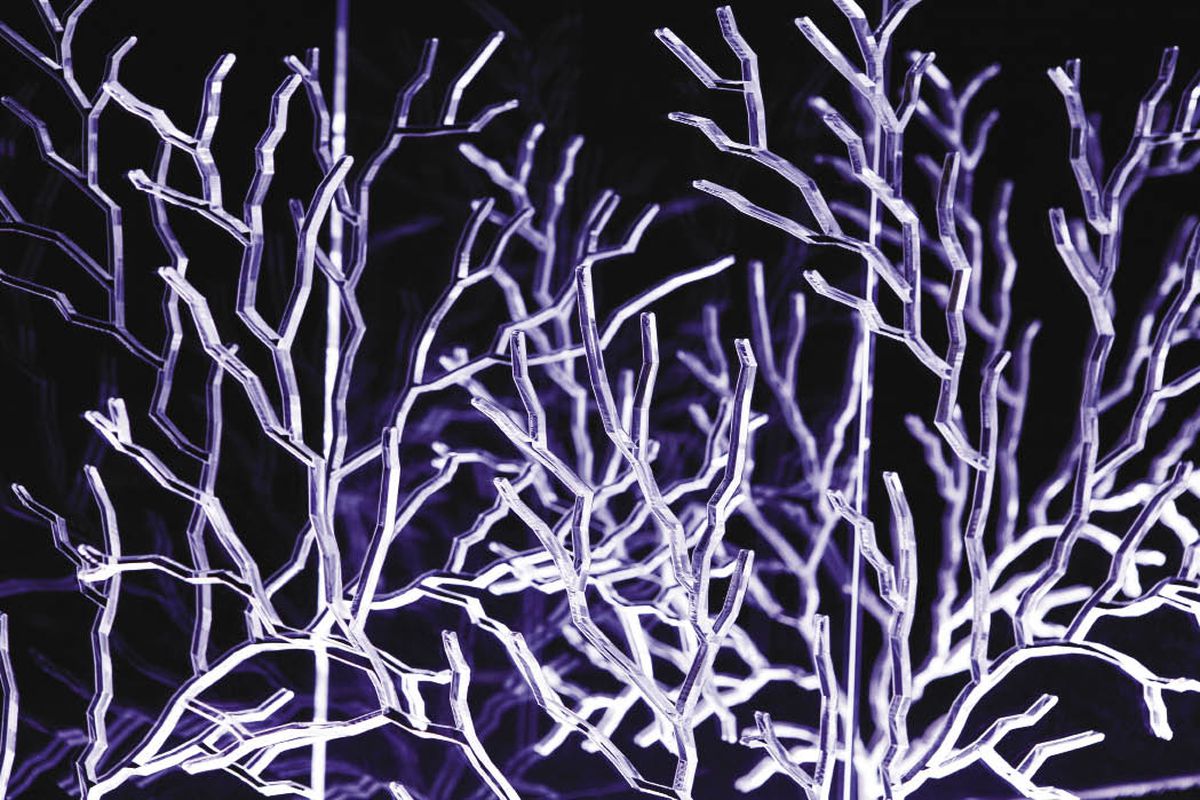It would be hard to miss the buzz in the world of lighting design around the use of LED technology and its movement into interior and architectural lighting from other sectors. The reason there is an upsurge in interest can be put simply – energy efficiency and longevity. LEDs are the only light source that has the potential to convert all of the energy input into light. At the moment this rate is around 50 percent, but scientists are saying that this will increase with more research and development.
Saying this, there are challenges around this light source, such as light quality, upfront cost versus light output, the fact that they can be hard to use with existing lighting set-ups and fittings – just to name a few. But the positives for LEDs are compelling: LEDs are radically reducing electricity consumption, especially compared to the incandescent lamp in which 95 percent of the electrical input was wasted in dissipated heat.
Oh, the incandescent lamp! How warm and comforting the light, how good the colour rendering and how iconic the sculptural shape of the bulb. It is easy to design with incandescent lamps – the designer can work magic with shapes and materials without having to worry about mediating the light. But has our dependence on this nineteenth-century technology lessened our ability to deal with newer light sources when they come along? The LED (more formally known as solid-state lighting) story is marked by rapid development on the high-tech side and slow development in the form and design side.
LEDs are basically microchips with different layers of materials – when a current is applied, photons of light are emitted. The light from LEDs is naturally saturated colour (red, green and – since 1996 – blue). The white light we perceive from current LEDs is actually from a blue LED whose light spectrum has been manipulated with the addition of phosphorus. For years scientists focused on increasing the light intensity to the point where LEDs could be useful outside indicator lights and signage. The application side did not develop at the same rate.
Dr Jack Curran (an American speaker at the 2011 Lightfair conference in Las Vegas and an expert in the field) suggests that LEDs had been ignored by the lighting industry: “Since technology developments tend to speed up as time goes on, the lighting folks missed out on the initial developments and the LED train pulled out of the station without them. Now the lighting folks are hearing this whistle off in the distance and worrying that, since they don’t know where the train was headed, they may be run over.” One way the lighting industry is responding to the “runaway train” is making LED light fittings act as direct replacements for existing light sources. I believe this is setting up LEDs to fail – not in a technical sense but in an aesthetic and functional sense. LEDs are essentially glary dots – many lumens pouring out of the size of a peppercorn. LEDs will struggle to deliver good light quality in a fitting that is designed for other light sources.
In my own research I am looking at alternative typologies for light fittings that use LEDs and have an acceptable light quality. One idea (exhibited as part of the Artlight exhibition at the University of Technology, Sydney, in 2009) was to use the principle of refraction in a screen format to mediate and distribute the light from LEDs. I am now investigating how this idea could be used in an unconventional form as a light fitting.
LEDs are throwing up some intriguing challenges. For example, where should we look for typologies for LED light fittings? Are there any historical precedents? Are there new materials, shapes, ideas from other cultures or other disciplines such as architecture? With LEDs increasing in their longevity as well, there are questions, too: could the LEDs be built in, much as architraves and door frames are? But before we get to this point, we do need to deal with this technology with more creativity, technical understanding and real innovation. Most importantly, designers need to understand this light source and work with it, not against it. We can’t let the runaway train of LEDs get away from us.
Source

Discussion
Published online: 19 Oct 2011
Words:
Ruth McDermott
Images:
Encapture Photography
Issue
Artichoke, March 2011
















